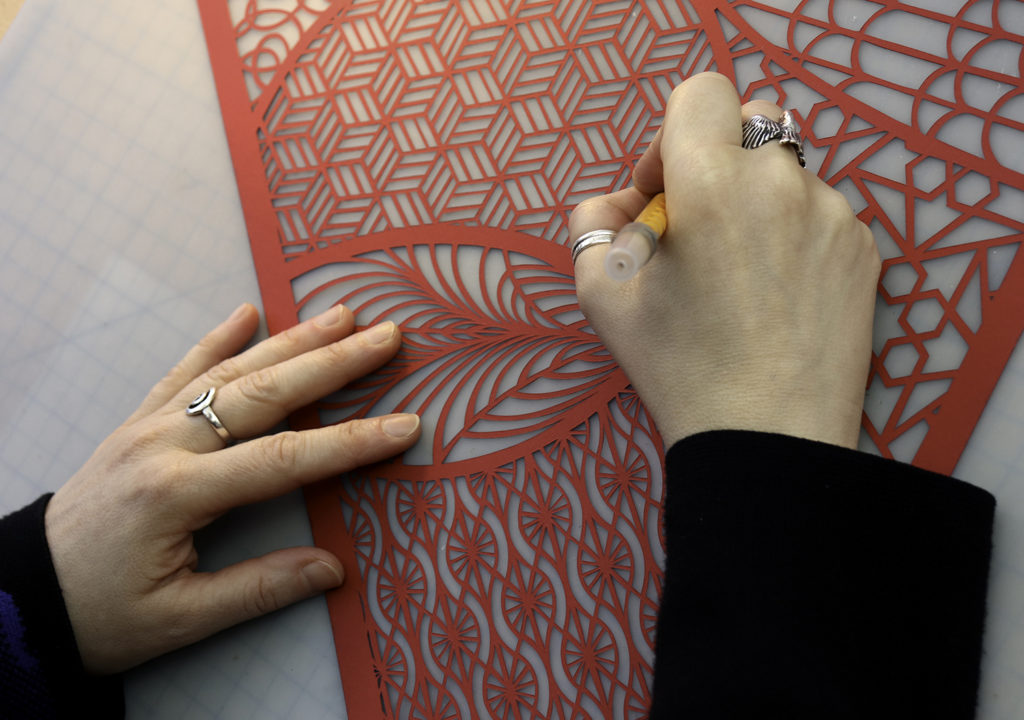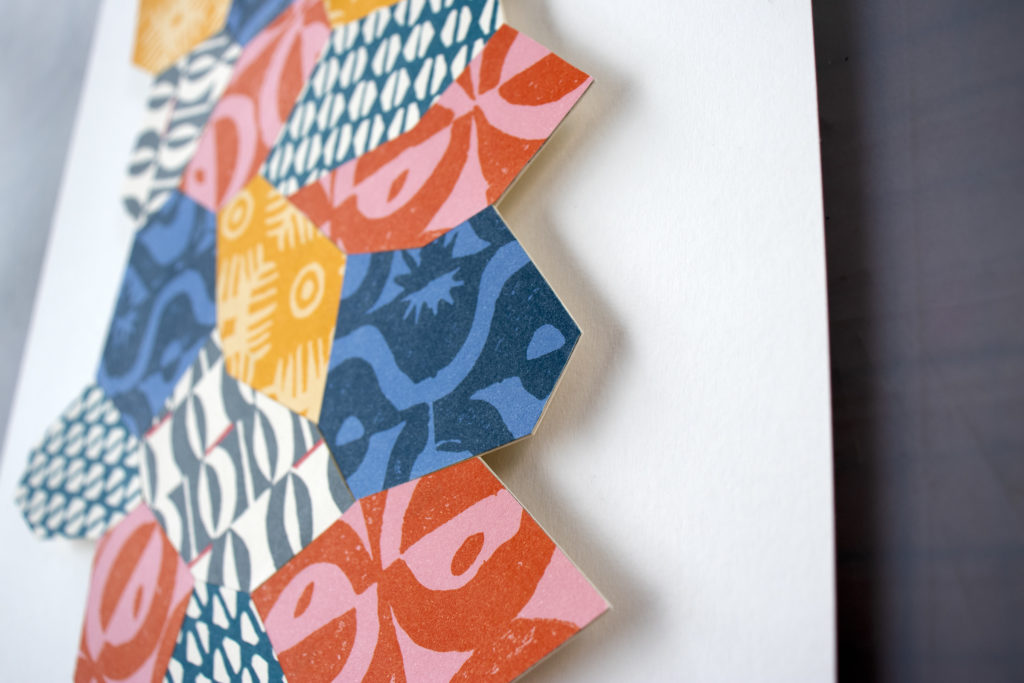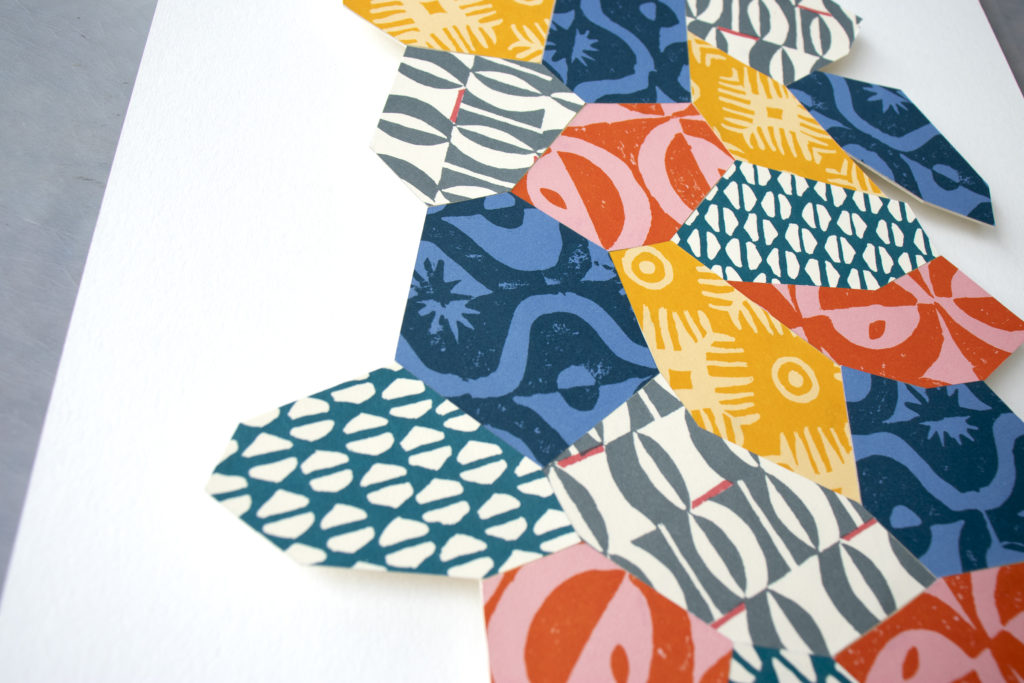I originally wrote this post for the Craft Council of BC blog to promote my show earlier this year, and wanted to include it here.
My goals as a craftsperson are to demonstrate excellence in fine craft, achieve a high level of skill in my chosen medium of paper, and emphasize the importance of making by hand.

Cutting by hand
An issue I confront regularly as an artist is the misperception that machine production is superior to making by hand. People who are not makers seem to have the impression that a human being is incapable of producing an object at the same level of quality and skill as a machine. The excellence of my skills is such that people often at first glance interpret my creations as made by a laser cutter. People react in amazement when they learn what they’re viewing has been cut by hand with a simple Olfa knife blade.
Don’t mistake me for a luddite. My intention here is to ensure handmade and machine made are given equal footing and regard. I have readily employed machine cutters of various kinds to create work in the past as well as my upcoming solo show. My tendency is to use technology as a way to increase efficiency in my process, or to expand the potential of the work in terms of scale or materials.
I view laser cutting or using a digital cutter as methods of production that require a high level of skill to execute properly, and not a magic solution to producing the work I want to create. Working with paper cutting and the effort of doing this work by hand is often viewed as a waste of time. It is the repetitive nature of cutting that is the attraction for me, because it is both mindful and meditative, and gives meaning and fulfillment to the work.

Cloud Swirl – laser cut bamboo + white acrylic
I have produced a small number of laser cut pieces to date. These began as one-of-a-kind designs in paper that I recreated as digital files in order to reproduce the work in a range of materials. It has also allowed me to increase the scale of pieces. I’ve worked with Shrapnel Design, a production studio in Vancouver, because they are experts at laser cutting fabrication, and have a broad knowledge of materials. Working with them is a collaborative process that accommodates iteration, and the end result has been spectacular production pieces made from wood that are distinct from their paper originals.

The Silhouette Cameo II & machine cut drawing templates

Drawing templates cut by the Silhouette Cameo II
One of the pieces that will be included in the exhibition is an installation comprised of 8 pieces of 25.5” x 19.5” hand-cut paper, incorporating 40 different patterns. In the planning stages of the work I realized there were issues I could solve through the use of technology. I needed to scale up the size of the patterns, and incorporate more elaborate repeating designs. I wasn’t confident I could do either of these things by hand. My solution was to employ a Silhouette Cameo digital cutter, and draw from a library of digital design files, to produce pattern templates. I utilized these to trace each design onto the paper.

Details of the hand-cut installation. Patterns drawn with machine cut pattern templates.
I will continue to explore my process by hand, as well as experiment and learn different techniques and technologies in the creation and production of my work. Handmade fine art and crafts are a worthwhile output of their own — and should be seen as a way to celebrate expert makers. But technology and new processes, especially in pursuit of excellence and efficiency, are themselves an opportunity to expand artistic creativity and collaboration.
Whatever mediums I use, my artist’s hands and mind are always there.










































